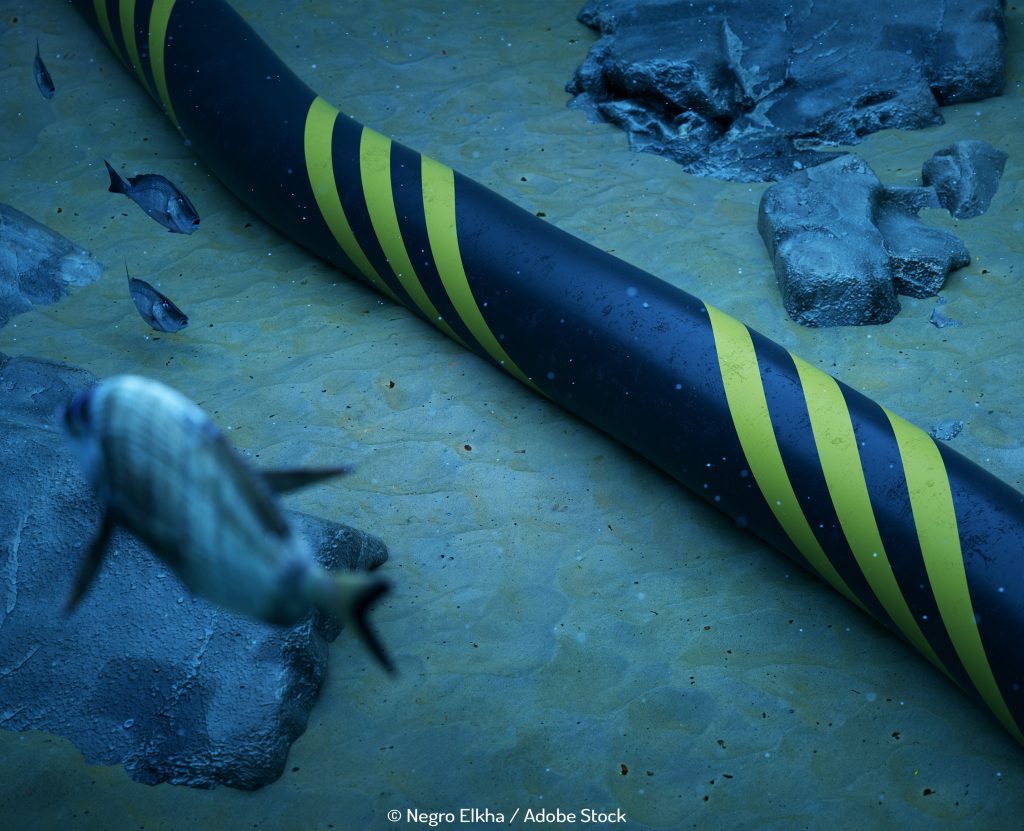
Recent Announcements Bring Commercialisation of Floating Wind Farms Closer To Reality
The idea of floating offshore wind has been bobbing around almost as long as its commercially proven fixed offshore big sister. But the technical challenges are significant and commercial scale projects are still in their infancy. This is set to change in the next decade as governments are increasingly interested in deep water sites and industry researches and de-risks the necessary technologies.
In theory, floating offshore wind should be a surmountable challenge. After all, the oil business has been sending 70,000 tonne displacement semi-subs into the harshest marine environments in the world for decades. The concept for floaters is simple. Replace the fixed foundation (monopile, jacket, gravity) with one that floats and is anchored to the seabed.
The current types of foundations receiving the most attention are:
- Semi-submersible – Large floating structures anchored by a spread chain, wire or rope system to the seabed supporting one or more turbines. Heavy, but known technology.
- Tension leg – A relatively small floating structure anchored under tension to the seabed. Light but susceptible to seabed and geological conditions.
- Spar buoys – A long cylinder, ballasted to resist motions and slack anchored to the seabed. Need larger areas and deep water.
A significant step in the commercialisation of offshore floating wind will occur later this year with the commissioning of the world’s largest offshore floating wind farm to date. Locating at Kincardine, Scotland the 50MW semi-sub farm consists of five, 9.5MW Vestas turbines and one 2MW Vestas turbine. With engineering, procurement construction and commissioning by Cobra Wind, the final turbine has reached the site and the farm should be online by the end of the year.
In further news that would cement Scotland’s place as the leading floating offshore wind nation, ScottishPower and Shell have jointly submitted multiple proposals to Crown Estate Scotland for a series of floating offshore parks in the north-east of the country. Shell’s offshore experience combined with ScottishPower’s wind expertise is expected to be a potent combination. News of the Crown Estate’s leasing round is expected in early 2022.
Both ScottishPower and Shell are members of the Carbon Trust’s Floating Wind Joint Industry Project. This group of 17 leading offshore wind businesses has analysed some of the biggest challenges with floating wind and summarised the latest research to address them. The joint industry project (JIP) has focused on three major challenges:
- Heavy lift maintenance – The current generation of heavy lift vessels were designed for the oil and gas industry and are not optimised for floating wind turbines. Relative motions between vessel and turbine is a significant risk that must be addressed. Deep water sites are unsuitable for jack-up vessels.
- Tow-to-port – The report provides recommendations for tow-to-port solutions depending on design and distance. Better solutions for disconnecting and stowing connections were investigated.
- Mooring in challenging environments – An analysis of both deep and shallow water mooring challenges. Including cost efficient mooring systems and dynamic motion mitigation.
The report is a significant addition to the growing body of knowledge on floating wind challenges and another push towards floating offshore wind commercialisation. With news of floating solutions coming from multiple countries such as Norway (Odfjell OceanWind), Spain (Seaplace) and Sweden (Hexicon), the realisation of floating wind moves closer.


